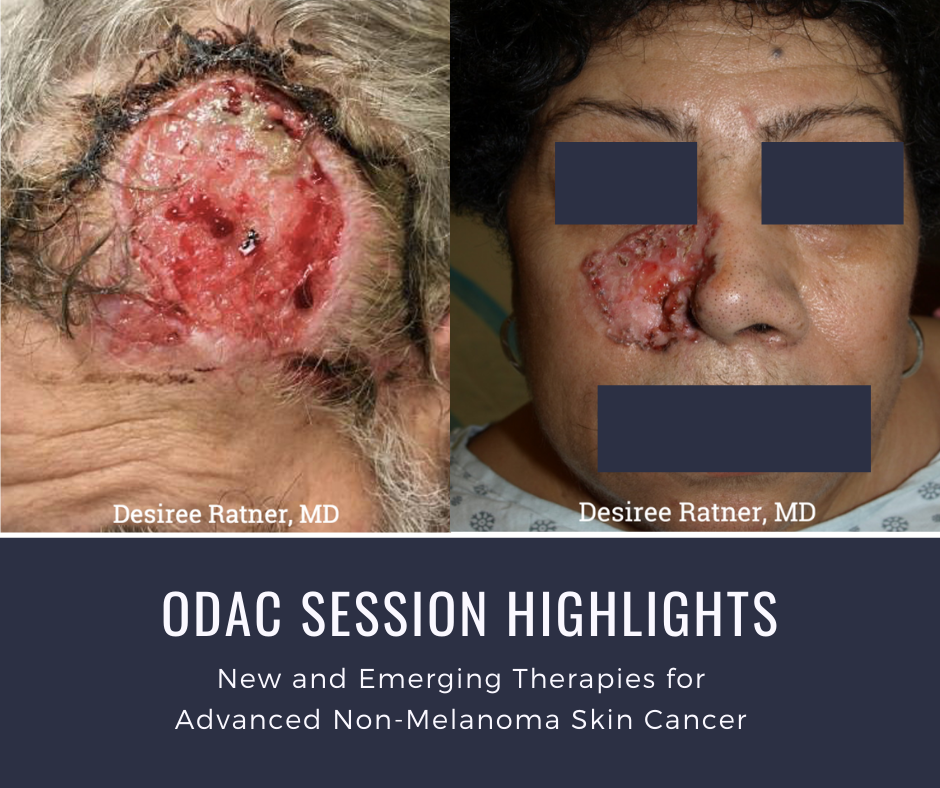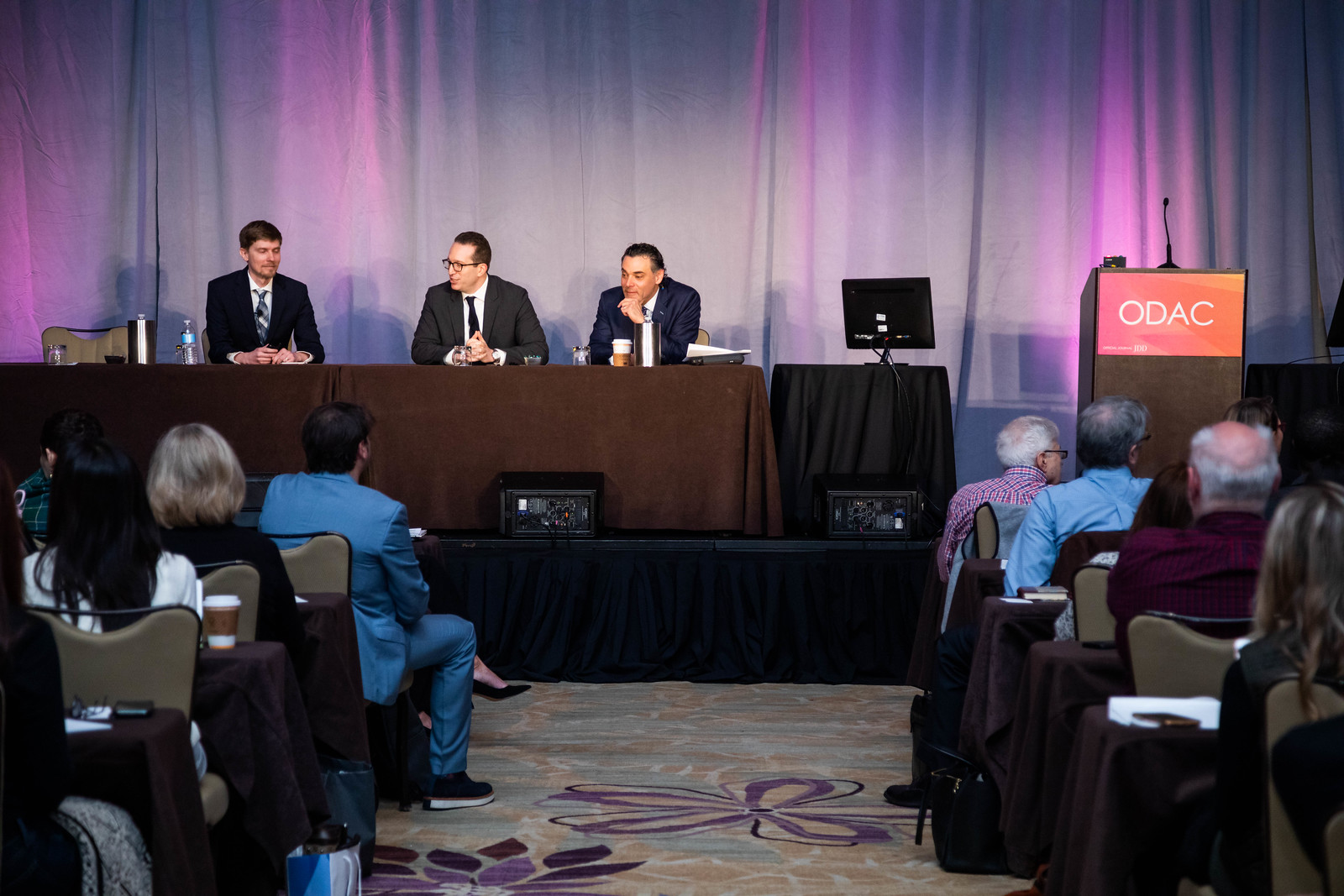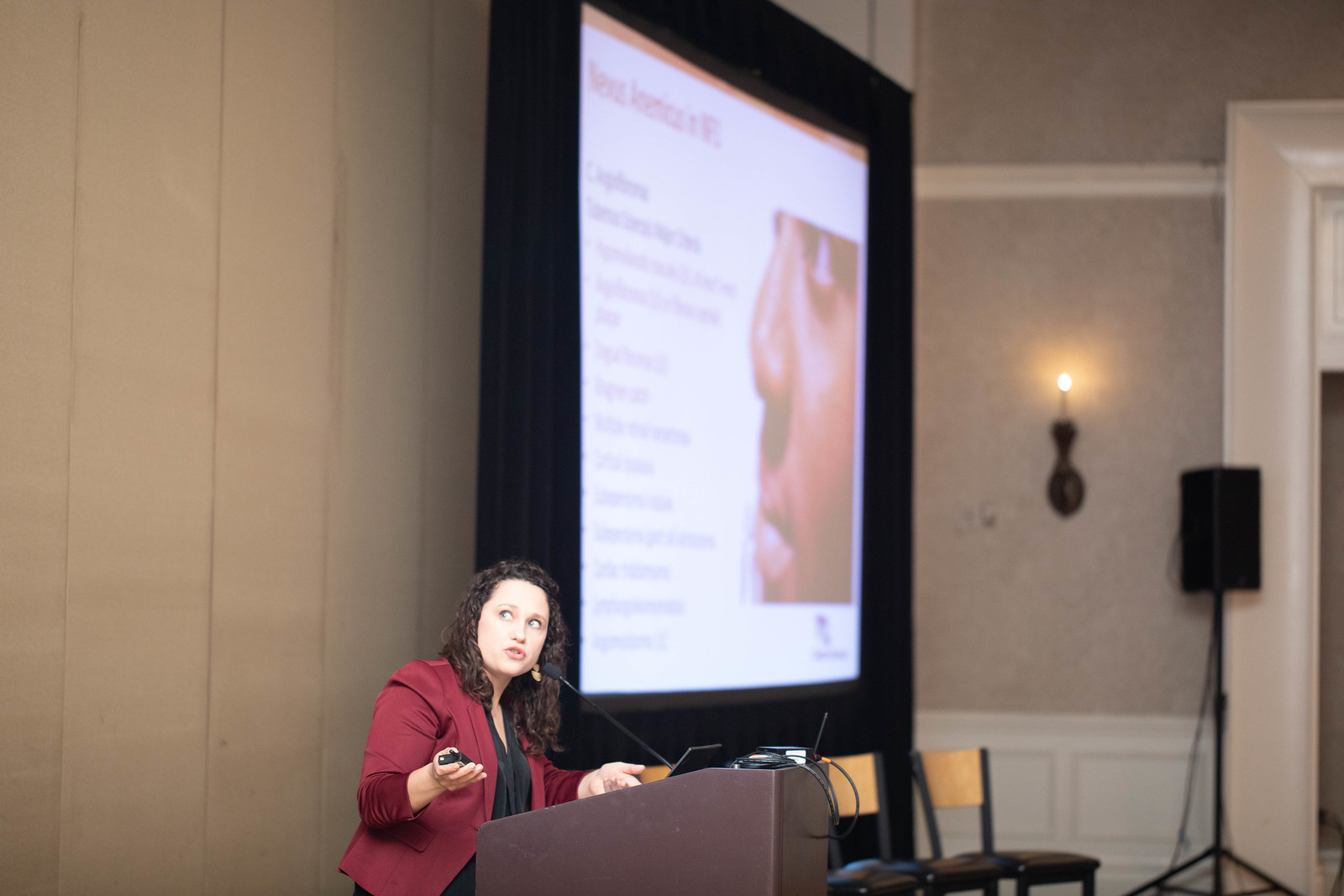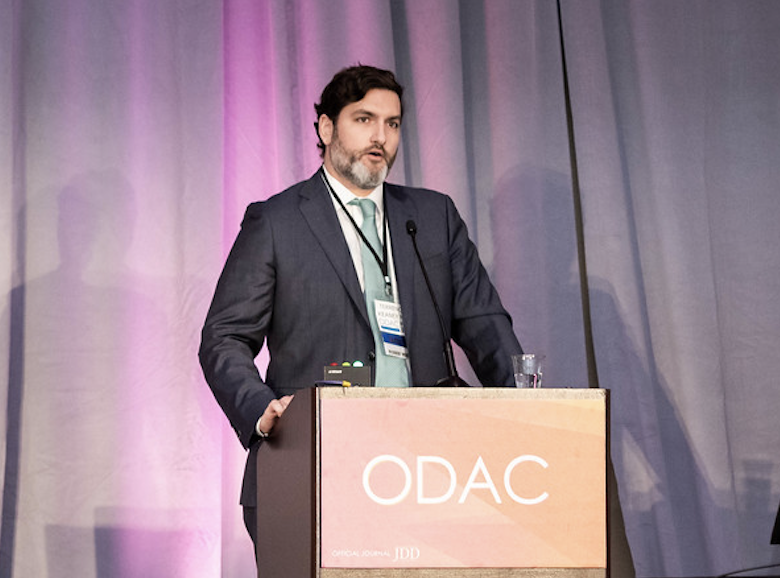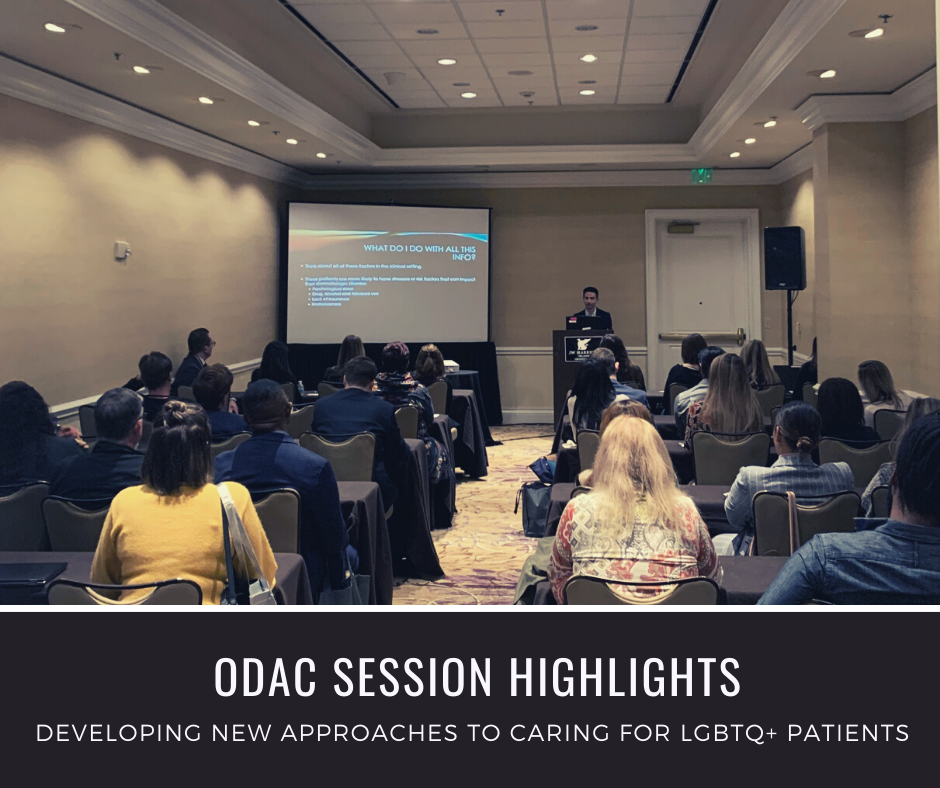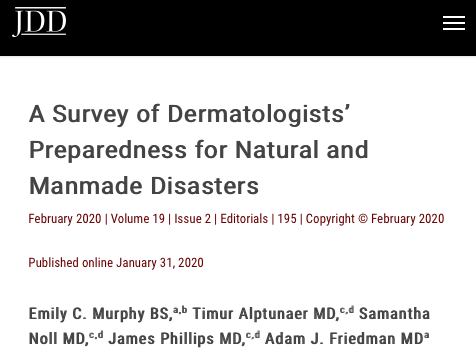
Source: George Washington University, ODAC and JDD
A new study from the George Washington University found that many dermatologists are unprepared to respond to biological disasters and that the specialty would benefit from formal preparedness training.
WASHINGTON (Jan. 30, 2020) — The dermatology community is inadequately prepared for a biological disaster and would benefit from a formal preparedness training program, according to a study from the George Washington University (GW). The article is published in the Journal of Drugs in Dermatology.
Natural and man-made disasters can cause a range of dermatologic conditions due to environmental exposures, such as secondary infections following a flood, irritation from blistering agents used in chemical warfare, and acute and chronic effects of cutaneous radiation syndrome. A 2003 survey revealed that 88% of dermatologists felt unprepared to respond to a biological attack — this new survey shows that the need for training still exists.
“Recognizing and diagnosing the conditions that can arise following a disaster requires diagnostic acumen, knowledge on reporting, and short- and long-term management strategies,” said Adam Friedman, MD, interim chair of the Department of Dermatology at the GW School of Medicine and Health Sciences and senior author on the study.
This current survey from an interdisciplinary team of dermatology and emergency medicine researchers, led by Emily Murphy, a research fellow in the GW Department of Dermatology, examines whether the field of dermatology has advanced in its bioterrorism preparedness.
The survey, disseminated via the ODAC Dermatology, Aesthetic & Surgical conference listserv, found that only 28.9% of respondents received training in disaster preparedness and response. The respondents to the survey frequently commented that they felt dermatologists should be prepared for bioterrorism-related cutaneous diseases, such as anthrax or smallpox-related diseases, as well as infections resulting from natural disasters.
Similar to the 2003 survey, the authors found that few dermatologists received adequate bioterrorism preparedness training. Even among those who had reported training, many indicated they felt ill prepared to manage patients affected by disasters, especially biological attacks and nuclear or radiological events.
“While few respondents to the survey were trained in disaster preparedness, it is encouraging that 75% reported that it should be included in dermatology training,” Friedman said. “It is a necessary tool to advance the field.”
James Phillips, MD, section chief of disaster and operational medicine in the GW Department of Emergency Medicine, director of the GW Disaster Medicine Fellowship, and co-author on the study, agreed: “My fellows and I found great value in partnering with our dermatology colleagues for this project. It is my firm belief that, while disaster medicine and emergency management primarily fall within the scope of emergency medicine and trauma surgery, education, and training for other specialties is of great value and is virtually unexplored. In an increasingly complex disaster environment, we welcome such research collaborations with other GW specialists.”
###
The article, titled “A Survey of Dermatologists’ Preparedness for Natural and Man-made Disasters,” is published in the Journal of Drugs in Dermatology and can be found at jddonline.com/articles/dermatology/S1545961620P0016X/1.

